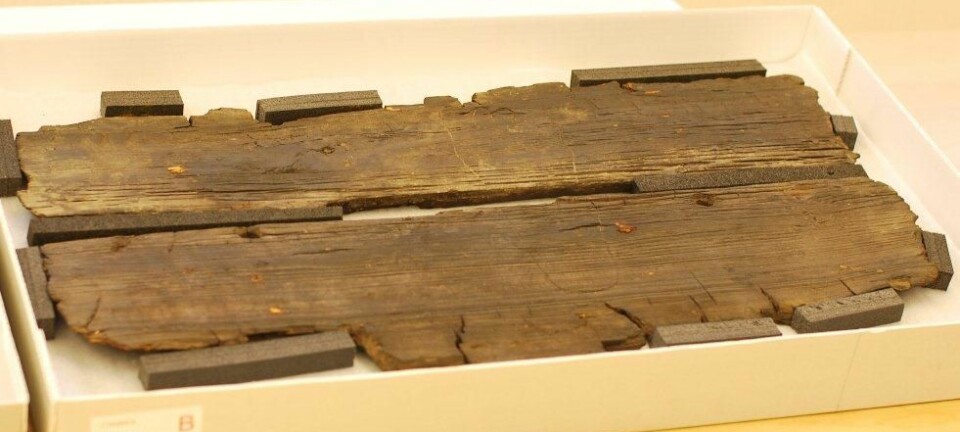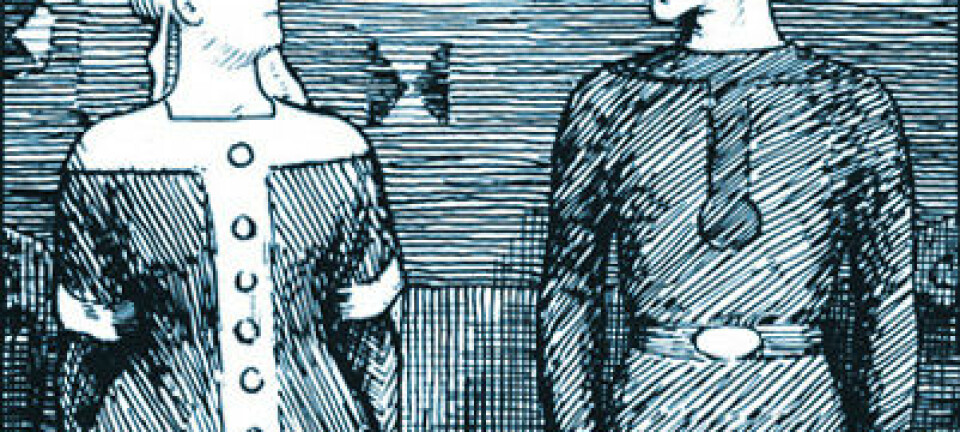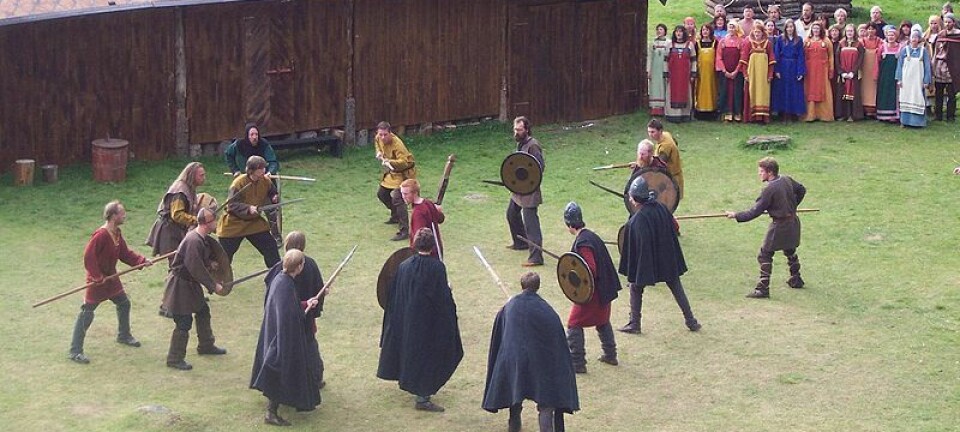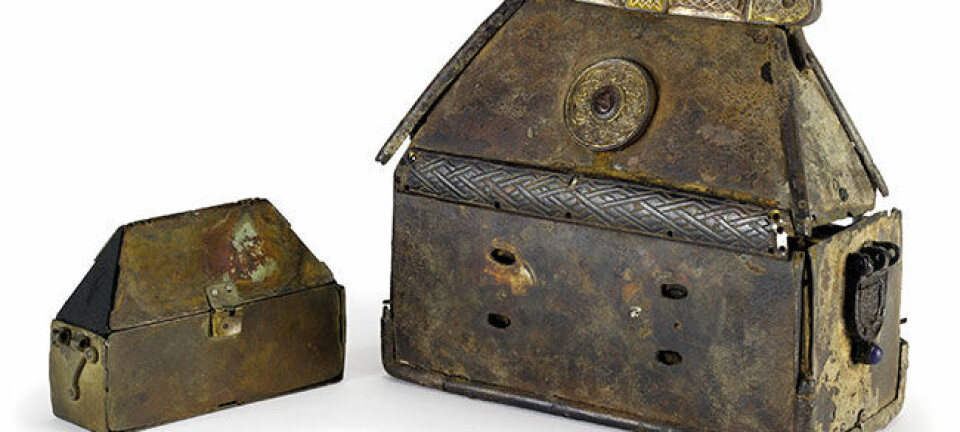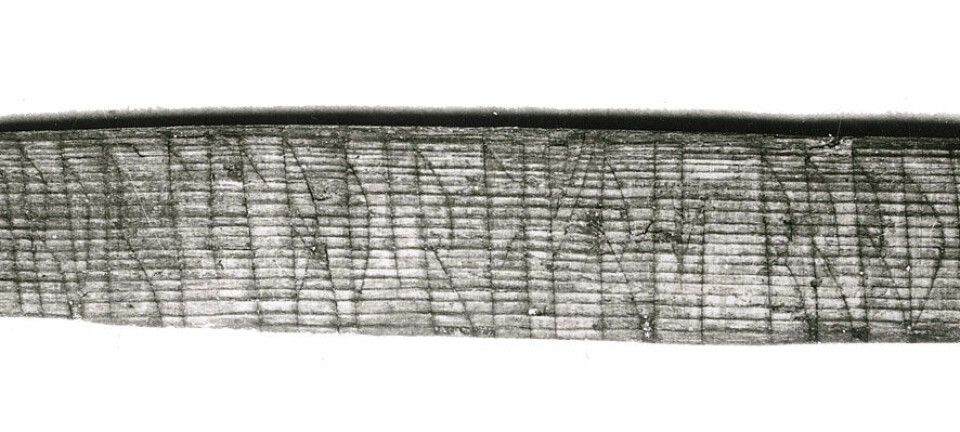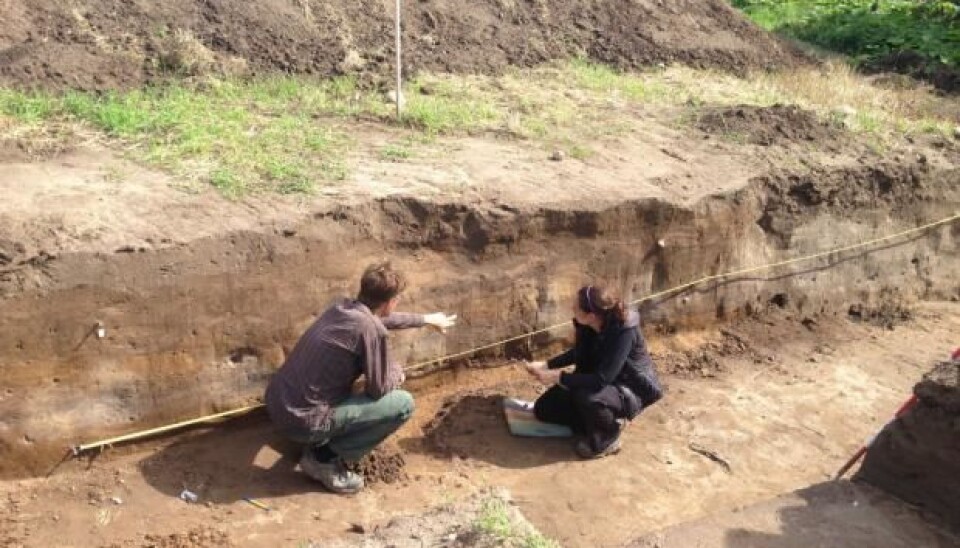
New viking fortress discovered in Denmark
Archaeologists are excited as new finding could reveal more secrets about the Danish vikings.
"I have never experienced anything like it."
Professor Søren Sindbæk is having a hard time concealing his excitement after his team of researchers from Aarhus University announced they'd discovered a new Viking fortress in Denmark.
It's been more than 60 years since last time a viking fortress was uncovered and it was sheer archeology skill that lead the researchers from Aarhus University and the Danish Castle Centre to discover the fortress.
The fortress is constructed as a ringfort, and it is with some certainty, the fifth of it’s type, a so-called “trelleborg” from Viking times. The ‘trelleborg’ fortresses are unique for Denmark.
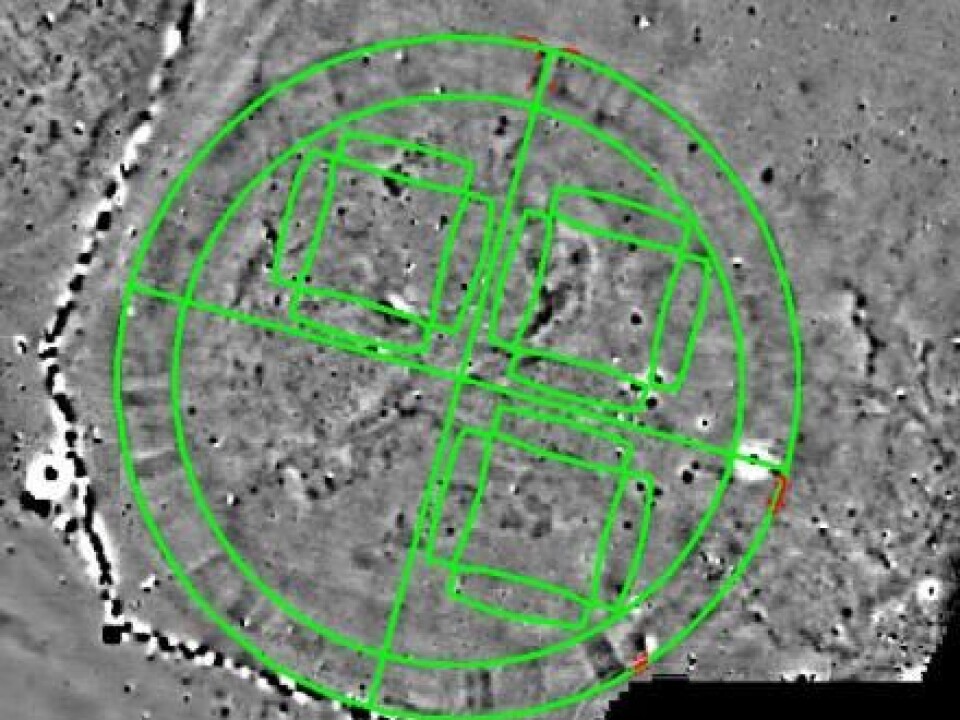
Professor Sindbæk, one of the lead researcher in the discovery, explains that the find is the result of an intensive hunt for Viking treasures.
"It's almost like a good detective novel. We were specifically looking for it -- and then we found it,” says Sindbæk.
The missing fortress
Sindbæk had a hunch that there might be a fifth fortress. He had noticed a pattern in the placement of the four other already known fortresses. He decided to consult with Nanna Holm from the Danish Castle Centre. Together they speculated that there should be a fifth fortress.
“It was clear that there was a fortress missing,” says Sindbæk.
The other fortresses lie within a day's march, about 30-40 kilometres, between them. There is the same distance from the nearest fortress ‘Trelleborg’ and the newly discovered fortress, which has been named 'Vallø Borgring'.
Vallø Borgring is located just outside Køge, which is a small city near Copenhagen on the big island Sjælland. In Viking times Vallø Borgring was smartly located because the old main road from the important cities Ringsted and Roskilde met at that point. In those days a small river would have run to it, allowing boats to sail to the fortress.
Finding the fortress
The researcher found the fortress by investigating the presumed location with lasers and disturbance tests in the ground. When they were sure that something was hidden underneath the ground they began digging.
When the fortress turned up at their feet, the surprise and delight was great.
“It’s the biggest rush an archeologist can experience,” says Sindbæk.
Harald Bluetooth was not the only viking lord
The curator at Vesthimmerland Museum, Bjarne Henning Nielsen, who was not involved in the dig, explains that the find is an important contribution to the knowledge about the notorious Viking lord Harald Bluetooth.
Bluetooth is supposed to have built the other fortresses. Most likely, he also built the newly found Vallø Borgring.
Bluetooth is an important historical figure in Danish viking history. Bjarne Henning Nielsen explains, that Bluetooth built fortresses to protect himself from the Germans. It is around the same time he conqured Norway. “His actions were genius,” says Nielsen.
However, Sindbæk is not completely convinced that Bluetooth built Vallø Borgring, but says it's not an unreasonable suggestion.
"There were some very real military conflicts in Denmark around the time. Bluetooth could hardly have been the only one who was building fortresses,” says Sindbæk.
The fort could be from a different time
The researchers are eagerly awaiting test results which will reveal more about the origins of the fortress. They are excited to see if the results contribute to the already established story about the Danish viking age or suggests other understandings about, for example, Harald Bluetooth’s regime.
“The tests might confirm the story we already know, or maybe we will be surprised, maybe there was some other kings who built similar fortresses," says Sindbæk.
Are there more?
Since the recent discovery of Vallø Borgring, researchers, archeologists, and other viking enthusiasts have started to unravel and throughly inspect air photography, laser measurements, and every other tiny piece of information about the Danish landscape, hoping to to find more Viking fortresses.
"I can’t see why there should not be more fortresses. There are large areas in Denmark, which have not yet been identified. There are plenty of places, for example small villages, where we know there is something," says Holm.
Sindbæk is also optimistic. "I am quite convinced that there are several fortresses from Viking times, that we have not yet found. I'm excited for the future," he says.
-------------
Read the original stories in Danish on Videnskab.dk here and here.
Translated by: Louisa Field
